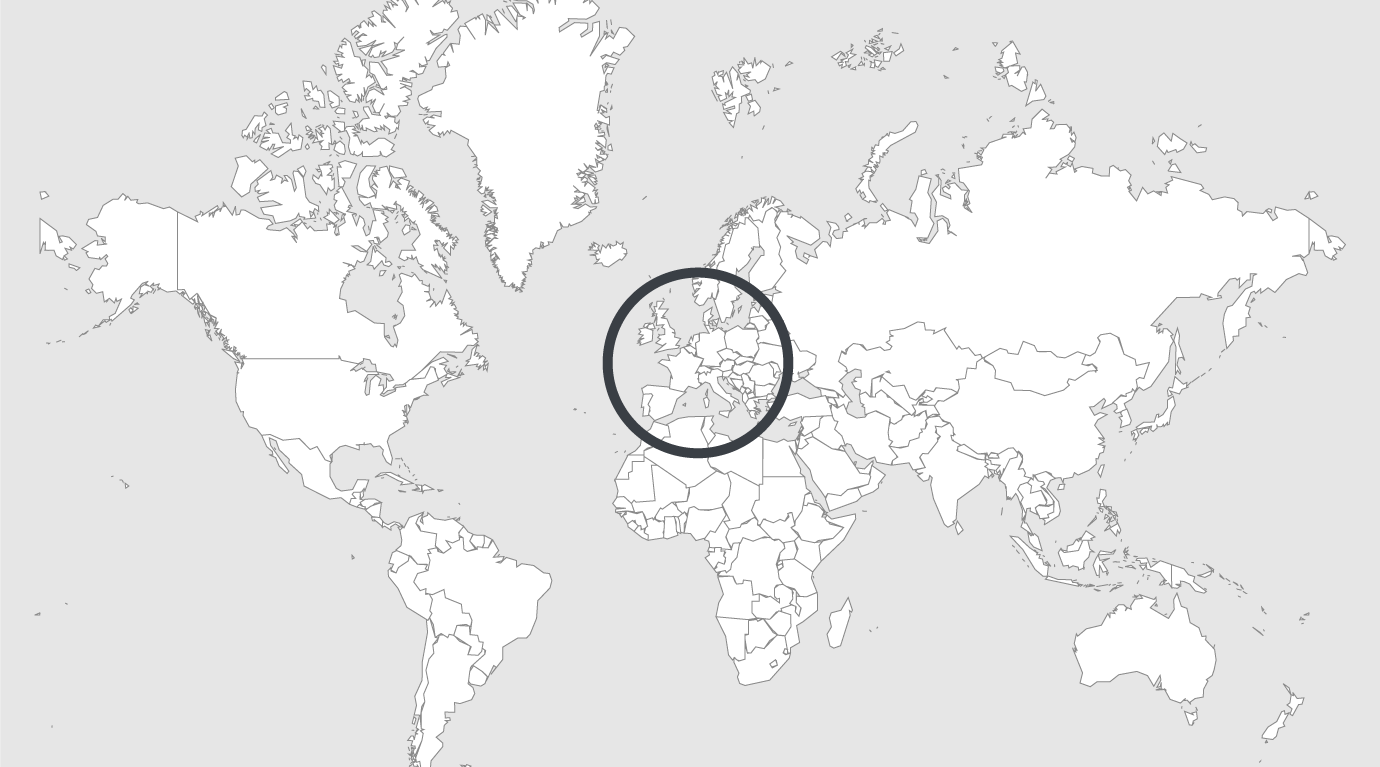
Explore
UK: forecast fall in prison numbers not "green light" for government justice reforms
A projected drop in the prison population is “no justification” for an “unevidenced ‘tough on crime’ policy” from the Government, campaigners have said. The comments came as the number of people behind bars was forecast to drop in the next five years.
As of Friday, a total of 83,116 people were being held in custody – 82,905 of whom are inmates in jails across England and Wales while 211 are detained in the prison-service managed immigration removal centre.
The prison population is expected to drop to 81,000 by April 2021 and then reach around 82,000 by March 2024 – more than 1,000 less than the current total – according to official projections.
Charlotte Pickles, director of the Reform think-tank, said: *“These lower projections do not ‘green light’ the Government’s criminal justice reforms. *
Sixty-two percent of prisons are currently overcrowded, and we have the highest prison population in Western Europe.
“The Ministry of Justice is also clear that these predictions are likely to change when the Prime Minister’s plans for tougher sentences come into effect. It is vital that the right people are being sent to prison, but a return to the days of ‘prison works’ will not cut crime, reduce re-offending or keep the public safe.”
The Ministry of Justice (MoJ) analysis said the prison population is projected to increase “steadily” after 2021. Last year it estimated there would be roughly 86,400 jail places in March 2023. But in its latest predictions it now suggests there could be more than 4,000 fewer people incarcerated by June that year.
The drop reflects a notable decrease in the number of sentences handed out because of fewer people being charged, the paper said. Other prison campaigners have said the figures are “wide of the mark” and should be taken “with a pinch of salt”.
The predictions are from June, before Boris Johnson’s wave of announcements pledging millions of pounds to tackle crime and overhaul the criminal justice system, including creating 10,000 extra prison places.
The figures do not take into account the potential effect of the recent government announcements and should not be used to draw any firm conclusions about the future prison population because the impact of the pledges was uncertain, the MoJ said.
Its report said: “Unanticipated changes to government policy, as all as offender, police and sentencing behaviours, will inevitably mean the actual prison population in future years will differ to some degree from projections. In particular, the Government’s commitment to the recruitment of 20,000 new police officers is expected to increase charge rates and as such is likely to result in a higher future prison population than may otherwise be expected.”
There was up to a “20% likelihood” of the prison population being 3,500 higher in June 2023 than currently predicted, the report added.
Peter Dawson, director of the Prison Reform Trust, said: “In the light of the Prime Minister’s recent announcements, these projections represent an heroically optimistic prediction. But even if they turn out to be right, they show that there will be no end to the overcrowding that constantly undermines the Government’s stated ambition of a safe and effective prison system. Tough rhetoric will only make matters worse, repeating the mistakes of the past.”
Frances Crook, chief executive of the Howard League for Penal Reform, said: “The prison population is a political decision not an inevitability.
“When politicians exploit crime and sentencing for their own purposes, the prison population inflates.“
“This projection is likely to be wide of the mark.”
A Ministry of Justice (MoJ) spokeswoman said: “Our £2.5 billion long-term building programme will provide 10,000 additional prison places – reducing overcrowding and creating a prison estate that is fit for the future.
“Modern, efficient jails provide us with the stability needed to rehabilitate offenders, preventing future victims and keeping the public safe.”
Read original article
